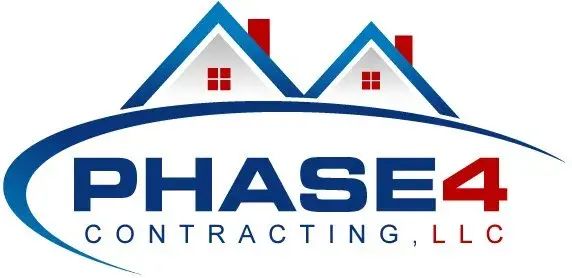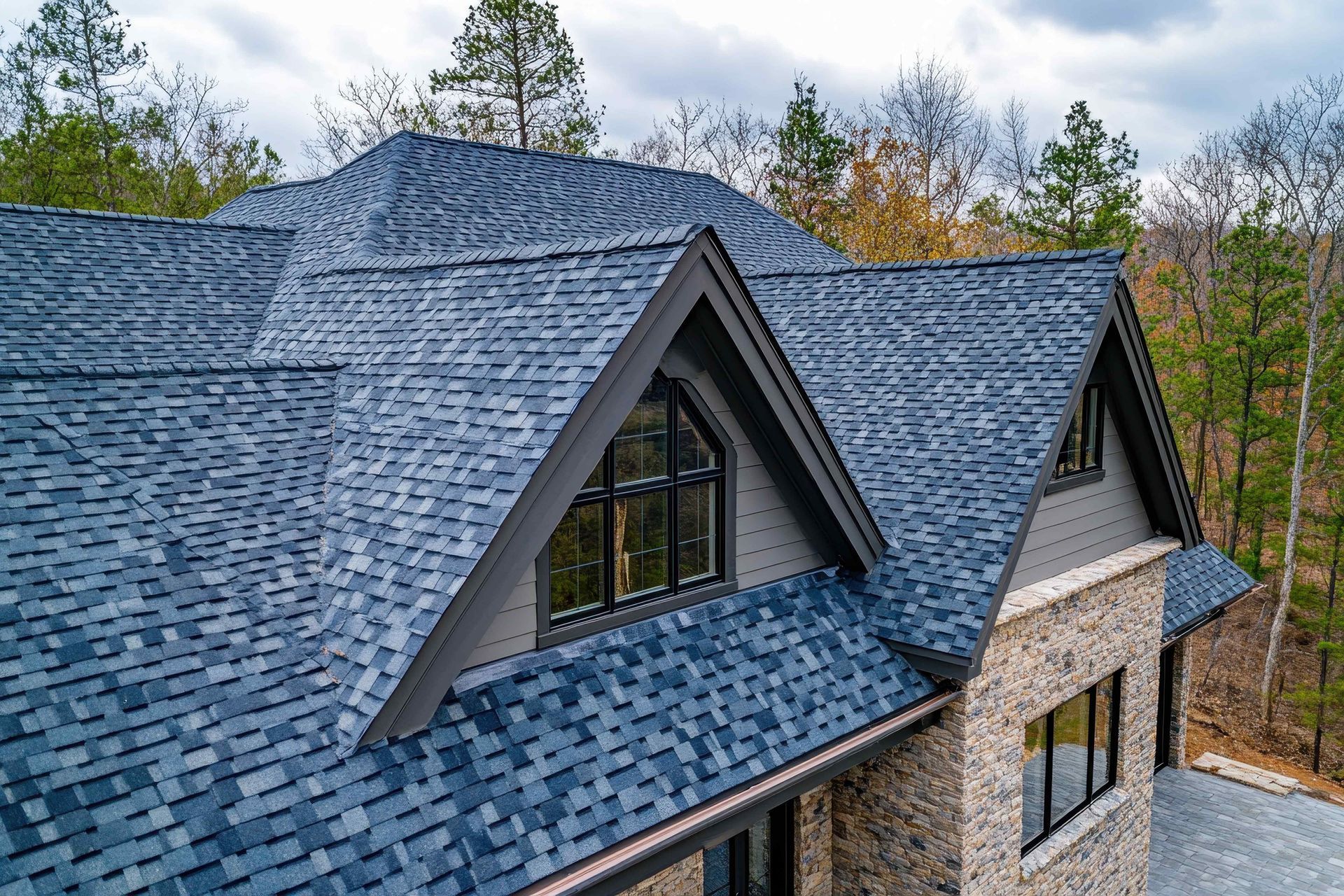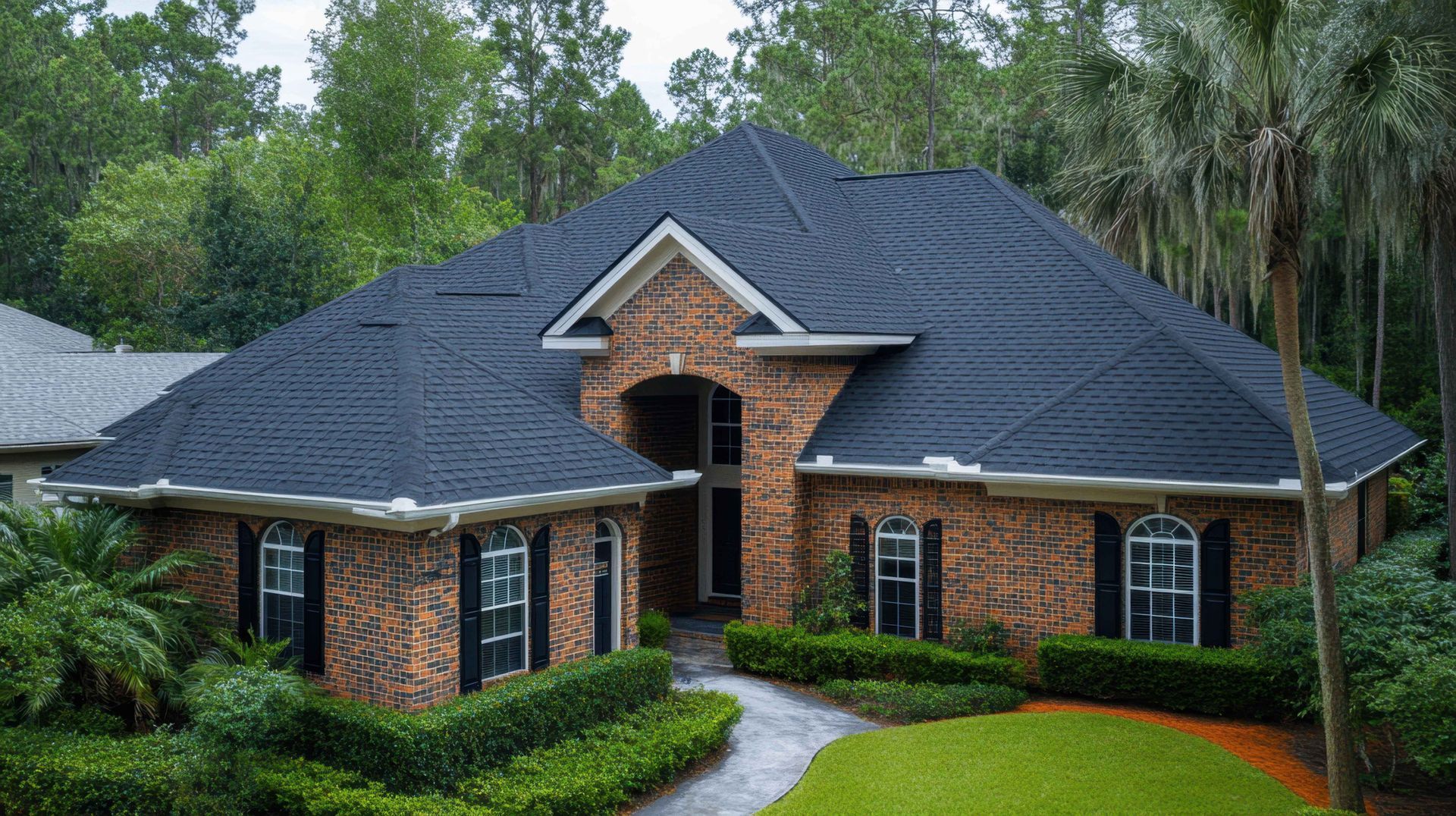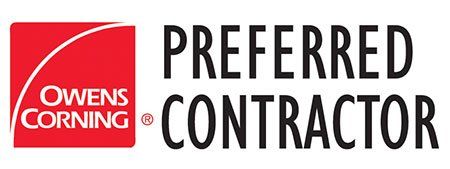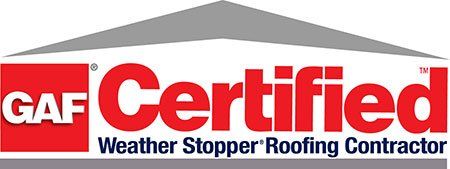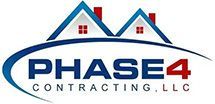Your roof is one of the most critical components of your home — it protects your family, belongings, and the structure itself from the elements. When it comes time for a repair, replacement, or new installation, choosing the right roofing contractor can make all the difference in the quality, durability, and longevity of your roof.
With so many contractors offering their services, how do you separate the professionals from the rest? Here’s a step-by-step guide on how to choose the best roofing contractor like Phase 4 for your needs.
1. Start with Local Referrals
One of the safest ways to find a trustworthy contractor is through word-of-mouth. Ask friends, family, or neighbors who they’ve used and whether they were satisfied with the results. Local contractors are more familiar with regional codes and weather conditions, and they’re easier to contact if issues arise later.
Tip: Check out neighborhood Facebook groups, local business directories, and online community boards for recommendations.
2. Verify Licensing and Insurance
A reputable roofing contractor should be fully licensed and insured. This includes:
- General liability insurance to protect your property
- Worker’s compensation insurance in case a crew member is injured on-site
- Any
state-specific roofing licenses
Warning: Don’t just take their word for it — ask for proof and verify with your local licensing authority if needed.
3. Check Experience and Track Record
Longevity in business often reflects reliability and quality. Look for contractors with several years of experience specifically in roofing — not just general construction.
What to ask:
- How long have you been in the roofing business?
- Do you have a portfolio or photos of recent projects?
- Can you provide references from past clients?
4. Read Reviews and Ratings
Online reviews offer valuable insight into a contractor’s professionalism, timeliness, communication, and workmanship. Be sure to check platforms like:
- Google Reviews
- Better Business Bureau (BBB)
- Yelp
- Angie’s List or HomeAdvisor
Look for consistent feedback rather than focusing solely on a single review.
5. Get Detailed Written Estimates
Always get quotes from at least 2–3 contractors and make sure the estimates are detailed and in writing. A solid estimate should include:
- Labor and material costs
- Timeline
- Warranty details
- Cleanup and debris removal
- Any potential additional charges
Red Flag: Beware of extremely low bids — they often mean lower quality materials or hidden costs down the road.
6. Ask About Warranties
There are typically two types of warranties:
- Manufacturer warranty: Covers the roofing materials.
- Workmanship warranty: Covers the contractor’s labor and installation.
Make sure you understand what’s covered, how long the warranty lasts, and what could void it.
7. Inspect Their Communication Style
Good communication is a sign of professionalism and reliability. A quality contractor should:
- Return calls promptly
- Answer your questions clearly
- Provide regular updates
- Respect your time and property
If they’re hard to reach before the job even starts, that’s not a good sign for how the project will go.
8. Avoid Storm Chasers and High-Pressure Sales Tactics
After a storm, it’s common for out-of-town contractors to canvas neighborhoods offering quick fixes. While some may be legitimate, many are not.
Protect yourself by:
- Only working with established local companies
- Not signing anything on the spot
- Taking time to review contracts carefully
9. Review the Contract Carefully
Before you sign anything, go through the contract thoroughly. It should clearly outline:
- Scope of work
- Payment schedule
- Project timeline
- Warranty terms
- Termination or cancellation clauses
Don’t hesitate to ask questions or seek legal advice if something isn’t clear.
Final Thoughts
Choosing the right roofing contractor is about more than finding the lowest price — it’s about hiring a professional you can trust to protect your home with quality workmanship and dependable service. By doing your research, asking the right questions, and trusting your instincts, you can feel confident that your roof is in good hands.
Your roof is an investment. Make sure you invest in the right contractor to get the job done right — the first time. Reach out to
Phase 4 Contracting today!
